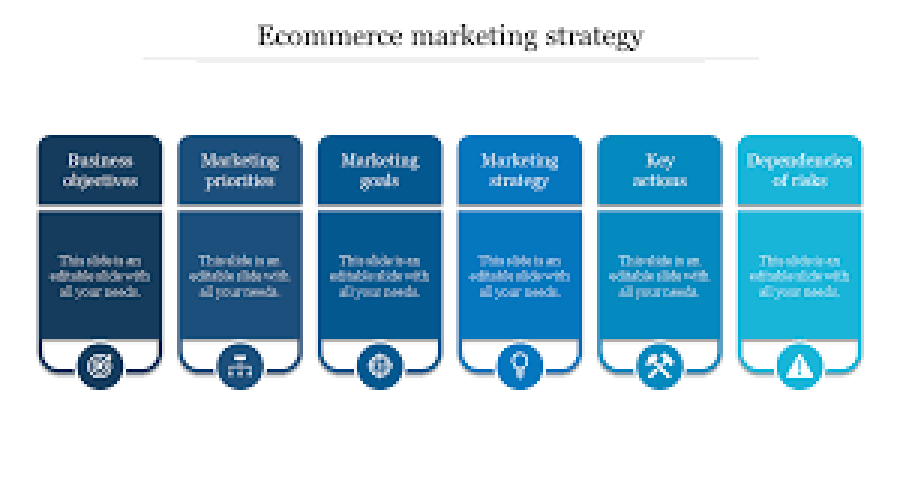How to Set Up a Multi-Currency Payment System
In the era of global e-commerce, businesses must cater to customers from different countries with diverse currencies. A multi-currency payment system allows customers to pay in their local currency, improving user experience, reducing cart abandonment, and increasing sales.
At FreelancerBridge, we understand the importance of seamless transactions. In this guide, we’ll cover why a multi-currency system is essential, how to set it up, and the best payment gateways to use for international sales.
Why You Need a Multi-Currency Payment System
A multi-currency payment system benefits e-commerce businesses in several ways:
✔ Better Customer Experience – Customers prefer paying in their local currency.
✔ Higher Conversion Rates – Avoids confusion about exchange rates and extra fees.
✔ Reduced Cart Abandonment – Customers are less likely to leave if they see familiar pricing.
✔ Increased Global Sales – Makes your store accessible to international buyers.
✔ Competitive Advantage – Stands out in a crowded e-commerce market.
🚀 Example: Studies show that 33% of customers abandon carts when they are forced to pay in an unfamiliar currency.
Step-by-Step Guide to Setting Up a Multi-Currency Payment System
1. Choose the Right E-Commerce Platform
Your e-commerce platform must support multi-currency payments.
✔ WooCommerce – Requires multi-currency plugins.
✔ Shopify – Built-in currency conversion with Shopify Payments.
✔ Magento – Supports multi-currency features natively.
✔ BigCommerce – Offers global payment options.
🚀 Tip: If your platform does not support multiple currencies, consider third-party integrations.
2. Select a Multi-Currency Payment Gateway
A payment gateway processes transactions securely while allowing customers to pay in their preferred currency.
✔ PayPal – Supports 25+ currencies.
✔ Stripe – Allows automatic currency conversion.
✔ Authorize.net – Provides multi-currency support with flexible integration.
✔ Wise (Formerly TransferWise) – Ideal for cross-border payments.
✔ 2Checkout (now Verifone) – Supports localized payments worldwide.
🚀 Example: Using PayPal or Stripe ensures seamless transactions in multiple currencies.
3. Enable Automatic Currency Conversion
Customers should see prices in their local currency based on their location.
✔ Use GeoIP-based currency detection to show prices in local currency.
✔ Offer manual currency selection with a currency switcher.
✔ Ensure real-time exchange rate updates to avoid discrepancies.
🚀 Tip: Shopify and WooCommerce offer auto-detection plugins for currency conversion.
4. Display Localized Pricing on Product Pages
Instead of showing prices in one default currency, display them in multiple currencies.
✔ Use plugins like WooCommerce Multi-Currency for real-time conversion.
✔ Show both original and converted price for transparency.
✔ Allow customers to switch currencies with a simple dropdown.
🚀 Example: A customer from the UK should see prices in GBP (£) instead of USD ($).
5. Ensure Compliance with International Regulations
Handling payments in different currencies comes with legal and financial considerations.
✔ PCI DSS Compliance – Secure transactions and prevent fraud.
✔ Tax and VAT Regulations – Adjust pricing based on regional tax laws.
✔ Currency Exchange Fees – Inform customers of any additional charges.
🚀 Tip: Always be transparent about exchange rates and extra fees.
6. Optimize for Mobile and International Users
Mobile commerce is booming, and international shoppers expect a seamless experience.
✔ Ensure your site is mobile-responsive.
✔ Offer multiple localized payment options.
✔ Use Google Translate API to translate product pages if needed.
🚀 Example: Over 70% of online purchases now happen on mobile devices.
7. Test the Multi-Currency Payment System
Before launching, test the system to ensure flawless transactions.
✔ Simulate payments from different countries.
✔ Check for currency conversion accuracy.
✔ Verify if customers receive correct billing details.
🚀 Tip: Use a staging environment to test multi-currency transactions.
8. Provide Clear Customer Support
Customers may have questions about payments, refunds, and currency conversions.
✔ Offer a FAQ section on multi-currency transactions.
✔ Provide real-time chat support for global customers.
✔ Clearly state refund policies in multiple currencies.
🚀 Example: A clear refund policy builds trust and reduces chargebacks.
Best Payment Gateways for Multi-Currency Transactions
Here are some of the best global payment gateways supporting multiple currencies:
Payment Gateway Supported Currencies Best For
PayPal 25+ Small to medium businesses
Stripe 135+ Global businesses
2Checkout 80+ High-risk industries
Wise 50+ Freelancers & businesses
Payoneer 150+ International sellers
🚀 Tip: Choose a gateway based on your target market and business needs.
Final Thoughts
A multi-currency payment system is a game-changer for e-commerce businesses looking to scale globally. By implementing the right payment gateways, real-time currency conversion, and compliance strategies, you can provide a seamless shopping experience for international customers.
At FreelancerBridge, we help businesses expand globally with expert strategies for multi-currency payments. Start optimizing your e-commerce payments today and boost international sales! 🌍💰


 by Emily
by Emily




